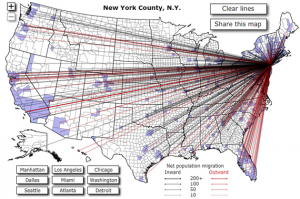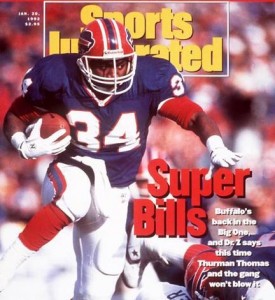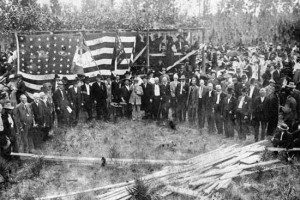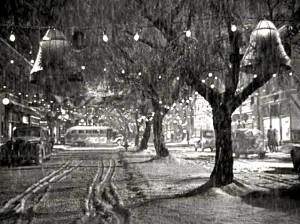
Two of the buzzwords for the Path through History project have been “cooperation” and “collaboration.” Achieving them has been difficult, particularly given the number of small historic sites that simply do not have the staff to spare for such an effort. Another problem has been the lack of support for history tourism by the tourist departments. I’ve been told they might promote something if you bring it to them, but will not help create it.
As it turns out, there is a new area where county tourist departments are cooperating and collaborating in support of a trail with statewide implications: the supernatural. As previously reported in The New York History Blog, haunted mansions are big business, especially at Halloween. So the next time you are re-evaluating your organization’s strategic vision, keep in mind the opportunities of positioning yourself to appear on New York State’s “Haunted History Trail.” This is not another April Fools prank; there are lessons to be learned from this endeavor. The website of the “Haunted History Trail” includes the following “About the Trail”: Continue reading “Haunted History Trail And ‘Path Through History’ Failures”










